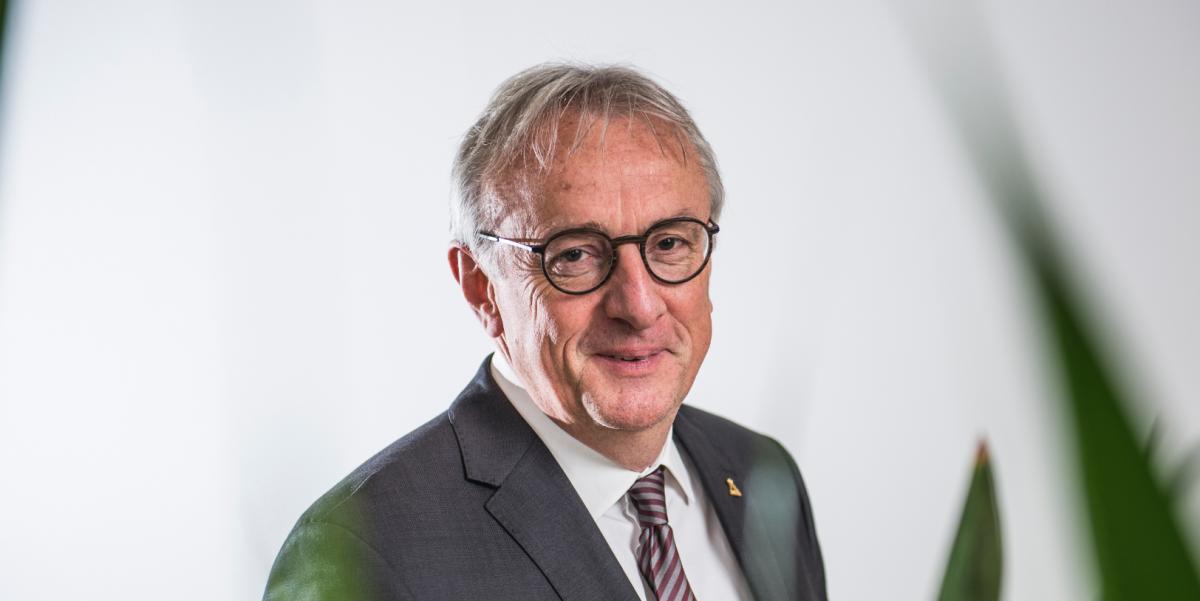“The future is full of possibilities”
An interview with Eric van Walle, Director General of SCK CEN

2019 was defined by the call for a better future. We organised climate marches, helped refugees and beat the record for ‘De Warmste Week’ – the VRT’s annual charity campaign. How does SCK CEN fit into this scenario?
“We have been looking to the future since the 1950s. Our research centre was originally created in order to develop nuclear energy in Belgium, but we rapidly increased our knowledge and experience in various nuclear fields. We always concentrate on forward-looking applications of the atom and its nucleus. We wanted to use one of the universe’s smallest constituent elements to make the biggest possible difference for society.”
Your new motto is “Exploring a better tomorrow”. Why did you choose those words?
“This slogan came to mind a few years ago when we looked at future visions for our research centre. How does the world see us? What do people think about what we do here? How can we make a more visible commitment towards society? For us, the answer to this question was clear. Our work has more societal benefits than anyone, including us, realises and everyone needs to know about this. Societal relevance has been and remains the guiding principle behind all our projects. In fact, scientific advances show that we are in a position to do more for people who are faced with a cancer diagnosis. For this reason, we want to continue investing in solutions that make our world more sustainable by using nuclear science. We therefore have the ambition of ensuring that nuclear knowledge increases and continues to increase for all future generations.”
That’s a fine promise, but will SCK CEN be able to keep it?
“I can confirm this to you, just as we proved it again in 2019. Just consider our BR2 research reactor. Last year, we made all the necessary preparations in order to increase the number of operating days from 160 to 210 in 2020. Demand for medical radioisotopes and doped silicon is increasing and we are pleased to help ensure that they are available. In 2019, we also launched the production of terbium-161, an emerging tool among the therapeutic radioisotopes.”
“It was also all hands on deck in the field of structural materials last year. We provided solutions for the safe operation of existing and future nuclear power stations and approved structural materials for the international thermonuclear experimental reactor (ITER). In order to approve structural materials for the MYRRHA research infrastructure, we spent a record number of hours on corrosion tests. As a result, we are bringing MYRRHA closer to its goal of helping optimise the radioactive waste policy.
The additional working days spent on the BR2 research reactor immediately paid off. Commercial electricity production by fusion will only be possible in 2100 at the earliest. Is one “future” different from the other?
“Good science simply takes time. It takes time to reflect, allow ideas to mature and test them frequently. Nothing can be left to chance. Sometimes we have to adjust a concept and repeat the qualification tests that have already been done. Not all the solutions that we’re working on will be deliverable tomorrow. The future is full of possibilities.”
“Take a look at this annual report and learn about thousands of future possibilities.”
— Eric van Walle, Director General